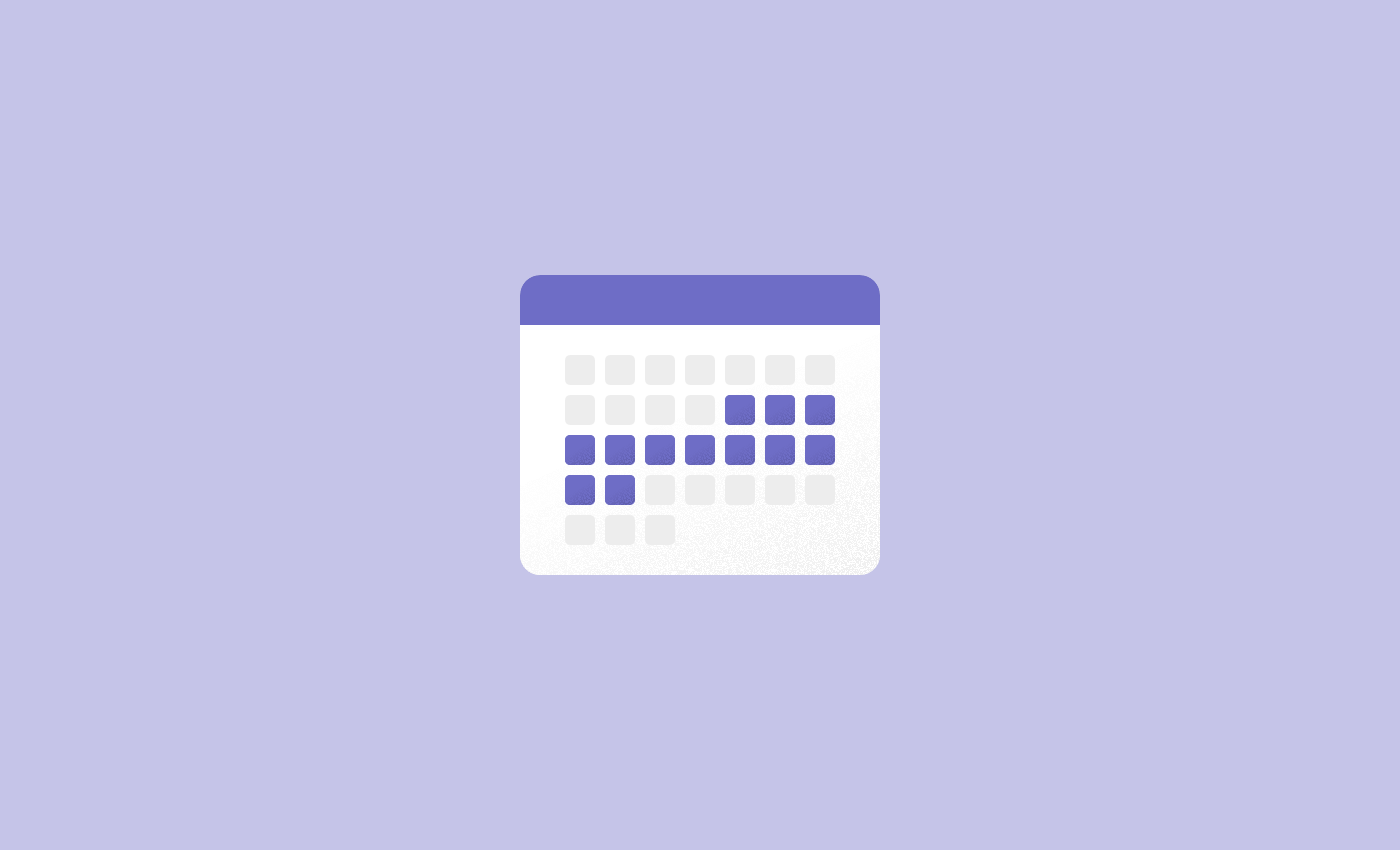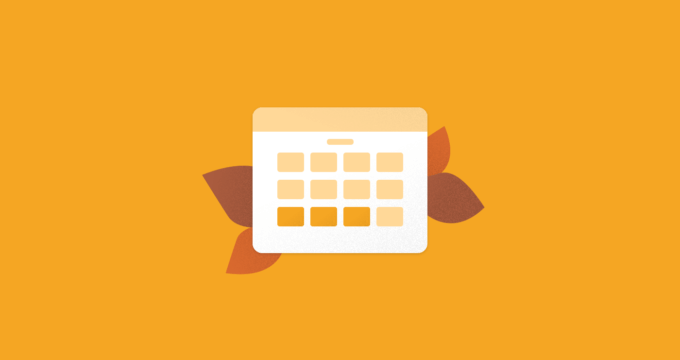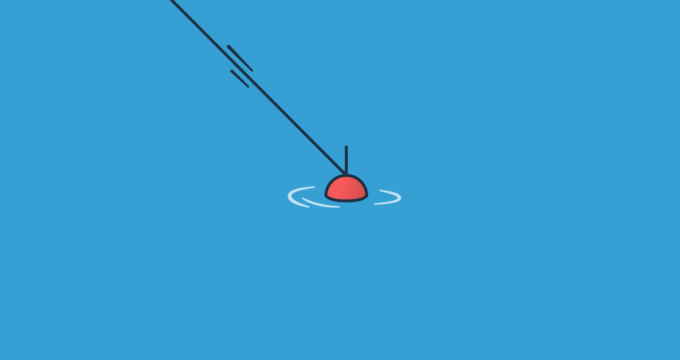When and how often should you take a break from work
Wellbeing Work-life Balance
In the past, people considered taking breaks from work to be lazy, and even today, many people still see it that way. As a result, people do not take breaks as frequently as they should. Often, we only pause from work when we are completely exhausted and already burned out.
However, one of the most important things is taking proper breaks from work, and it can be a bit compared to sleeping. Without sleeping or taking breaks, you cannot function properly, and your mental and physical health will suffer.
Taking frequent breaks from work has many benefits and is crucial for maintaining productivity and preventing exhaustion and burnout.
How often should you take a break?
Based on length and frequency, there are different types of breaks from work that you should take:
Daily breaks
Daily breaks are breaks that you take on a daily basis, with the biggest one being the night sleep. Other obvious daily breaks are for example taking a proper lunch and dinner break.
There are also less obvious breaks that you should take throughout your day, but people often neglect them because they perceive them as small and insignificant. However, these small breaks are very important to prevent the complete depletion of your energy and to avoid arriving exhausted at the end of your day. Examples of these breaks include taking a coffee break, having a short nap, going on a little stroll to refill your water bottle, taking a brief break for some eye exercises, or even going for a short stroll in the sun after lunch.
Weekly breaks
Weekly breaks are breaks that you take every week, commonly known as the weekend. Fortunately, our work culture widely accepts this break and deeply ingrains it. Taking weekends off offers you the chance to do all the things you couldn’t do during the week and helps you unwind and relax, enabling you to start a new week with fully charged batteries.
Monthly breaks
Monthly breaks are the breaks that you take during a month. A monthly break entails taking a half day or one or two days here and there to enjoy a longer weekend, assist you in splitting up the workweek, or perhaps celebrate special events. These breaks are essential to sustain you month after month until you can take a longer vacation.
Yearly breaks
Yearly breaks are the breaks you take within a year. Yearly breaks happen usually once or twice a year, and they usually are between 1 to 4 weeks so you can totally disconnect, recharge and reset.
Unfortunately, a lot of people don’t take enough of the daily, weekly and monthly breaks so as to arrive completely exhausted for their yearly break, and this highly hinders the ability to fully recharge and reset.
Sabbaticals
Sabbaticals are extended breaks that you typically take after several years of work, usually around 7 years, and can last up to a year. They are not necessarily a drastic or desperate measure, but rather an opportunity to recalibrate, rebalance, gain new perspectives, and learn new skills.



